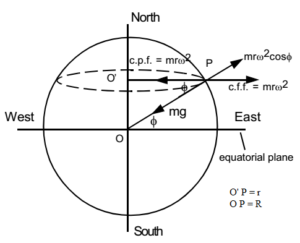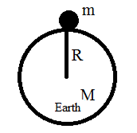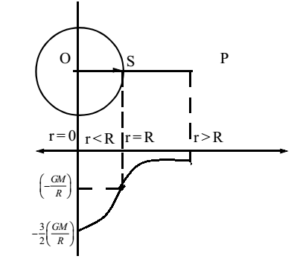Science > Physics > Gravitation > Variation in Acceleration Due to Gravity The acceleration of gravity is constant at a particular place but it varies from place to place. In this article, we shall study this variation in acceleration due to gravity. Variation in Acceleration Due to Gravity due to Shape of the Earth: The acceleration […]



